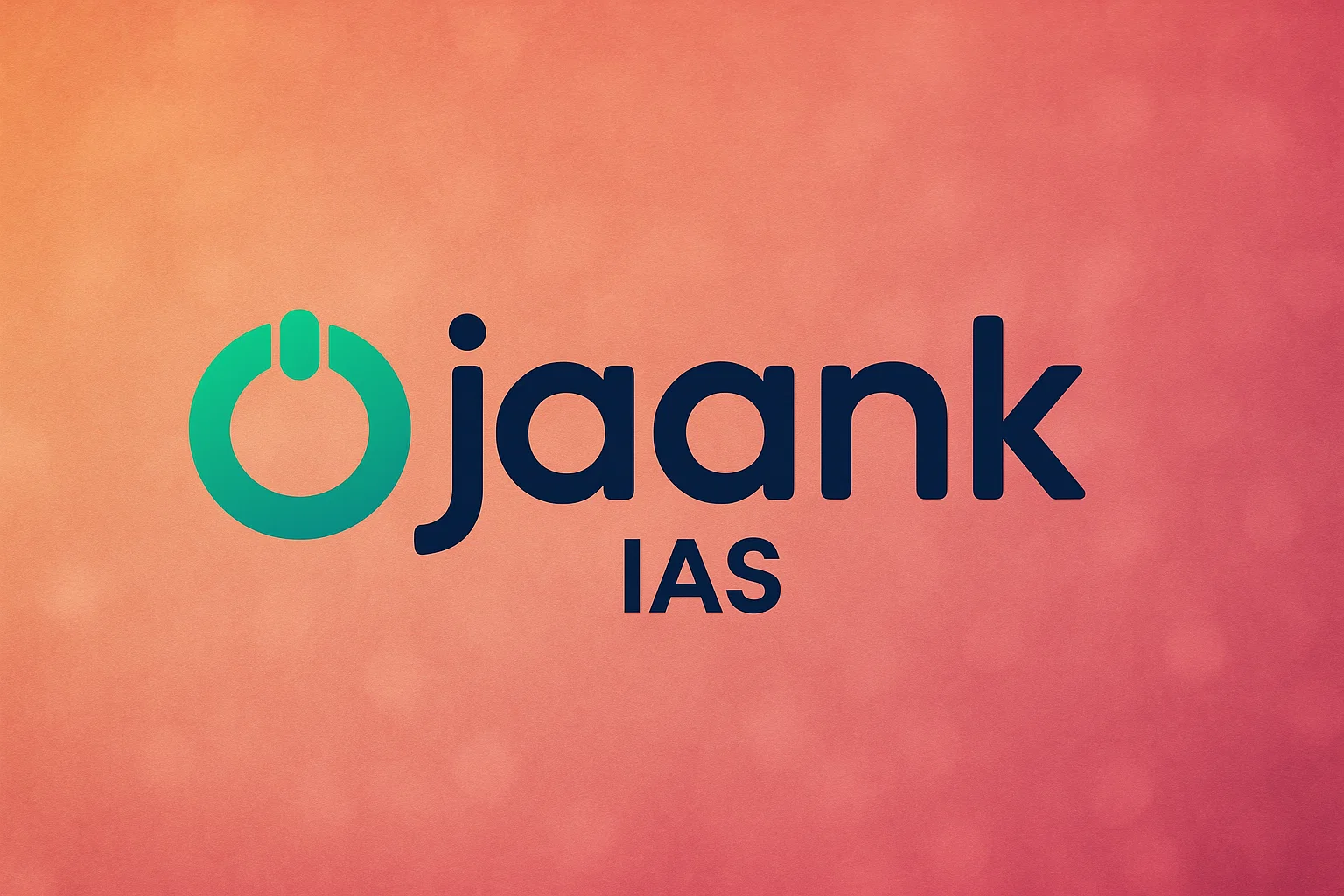India's GDP Growth: A Beacon of Hope for FY25 as Q3 Figures Exceed Projections

In an unforeseen turn of events, India's economic performance in the quarter spanning October to December outstripped prognostications, propelling analysts to recalibrate their forecasts for the fiscal year 2025. The subcontinent's Gross Domestic Product (GDP) burgeoned by an impressive 8.4% in this interval, continuing its trajectory of vigorous expansion witnessed in the preceding bi-quarterly periods.
This period of economic efflorescence in the third quarter of the fiscal annum 2023-24 not only eclipsed anticipations but also challenged preconceived economic forecasts. Such a spirited expansion, marked by an 8.4% augmentation during the October-December epoch, manifested the economy's relentless vigor, following its surpassing of the 8% growth threshold in the antecedent semesters.
Official dispatches from the government on Thursday revised the annual GDP growth estimate for FY24 upwards to 7.6%, an enhancement from the previously conjectured 7.3%.
The quarter's GDP escalation, bolstered by robust private sector capital infusion and a resurgence in service sector expenditures, notably exceeded the Reserve Bank of India's (RBI) projections. The RBI had envisaged a real GDP expansion for FY24 at 7%, with specific quarterly growth estimations set at 6.5% for Q3 and 6% for Q4.
A consensus forecast by a coterie of 17 economists, convened by Mint, had anticipated a GDP growth rate of 6.6%.
Soumya Kanti Ghosh, the Group Chief Economic Adviser at the State Bank of India, opined that the GDP growth for FY24 might verge on 8%.
"The Q3 GDP figures have profoundly rattled the market's analytical paradigms, delivering an unexpected delight to many. It is a testament to how astute policy frameworks can outpace seemingly baseless market expectations. Predicated on the revised 7.6% GDP growth for FY24, we project a Q4 GDP expansion at 5.9%, which, in our belief, is a conservative estimate. Thus, it seems plausible that the FY24 GDP growth could nudge the 8% mark," elucidated Ghosh.
Nonetheless, a notable discrepancy of 190 basis points (bps) between GDP and gross value added (GVA) growth rates was observed, attributed by economists to an amplification in the government's net indirect taxes, potentially coupled with diminished subsidies. The second appraisal for FY24 posits real GDP at 7.6%, a 30 bps increase, while real GVA remains static at 6.9%.
GVA growth for the October-December quarter registered at 6.5%, a deceleration from the 7.7% witnessed in the preceding quarter. Gross value added represents GDP adjusted for net product taxes.
The unexpected vigor of India's GDP growth has left economists in a quandary, pondering the underpinnings of this economic upswing.
"Interestingly, while the nominal GDP growth for FY24 marginally surpasses its initial estimate of 9.1%, it represents a 10% reduction in value terms. The projected slowdown in GDP/GVA growth to 5.9%/5.4% for Q4 suggests a significant deceleration predominantly borne by the final quarter. However, the production-side GVA growth remains relatively stable, and the pronounced GDP-GVA disparity for FY24 is expected to normalize in the ensuing fiscal year," stated Madhavi Arora, Lead Economist at Emkay Global Financial Services.
In light of the stellar Q3 GDP data, economists have revised their growth projections for FY25 upwards, with many anticipating the FY24 GDP growth to closely approach the 8% threshold.
UBS, for instance, has upgraded its FY25 real GDP growth forecast to 7% from an earlier 6.2%.
"India's economy continues its resilient trajectory, with real GDP growth for the December quarter of 2023 surpassing expectations at 8.4% year-over-year. This robust growth, along with positive indicators from leading metrics, compels us to adjust our FY25 GDP growth forecast upwards to 7% year-over-year. Despite a subdued consumption growth, we foresee a gradual resurgence, particularly in the premium and rural sectors," remarked Tanvee Gupta Jain, UBS India Economist.
Anticipating FY25, Jain expects a slight recovery in consumption growth, with urban demand stabilizing and the premium/affluent segments thriving, alongside a rebound in rural demand contingent on normal monsoon patterns. The investment recovery is projected to become more encompassing.
"While public capital expenditure growth is expected to moderate, residential housing is anticipated to provide support, and a revival in private corporate capital expenditure is expected to gain momentum post-elections. Additionally, we foresee a marginal improvement in exports (of goods and services) driven by an uptick in global goods import volume and resilient services exports," Jain added.
The December quarter, wherein GDP surpassed all forecasts, has become a focal point of economic discourse.
Economists at Kotak Institutional Equities have adjusted their GDP growth forecast for FY25 to 6.6% from a prior estimate of 6.3%, considering the central government's sustained emphasis on capital expenditure (albeit at a decelerated pace), along with states' capital expenditure, a postponement in the global growth slowdown, and continued lukewarm consumption growth.
"Over the medium term, we envisage a GDP growth rate of 6.5%, as the underlying drivers align closely with current trends," they remarked.
Barclays has elevated its FY24 GDP growth forecast by 110 basis points to 7.8%, while also amending its FY25 growth prediction upwards by 50 bps to 7%.
The confluence of a constrained current account deficit and a diminishing inflation trajectory suggests that India's economic growth has entered a propitious phase. Nonetheless, the market anticipates further policy rate adjustments by the RBI in FY25, in light of global monetary policy relaxation.
"The pronounced real GDP growth intimates that policy conditions will remain stringent in the April policy, with the RBI likely transitioning its policy stance to 'neutral' by June. Despite maintaining our forecast for a modest rate reduction cycle in FY25 (totaling 50 bps), subsequent to the Federal Reserve's pivot in May (as forecasted by UBS) and as India's real policy rate begins to edge into restrictive territory amid faster-than-anticipated disinflation, it appears the Monetary Policy Committee may not rush to alter policy frameworks," concluded UBS' Jain.
Disclaimer: The perspectives and recommendations articulated herein are those of individual analysts or brokerage firms, and do not represent the views of Mint. Investors are advised to consult certified experts prior to making any investment decisions.